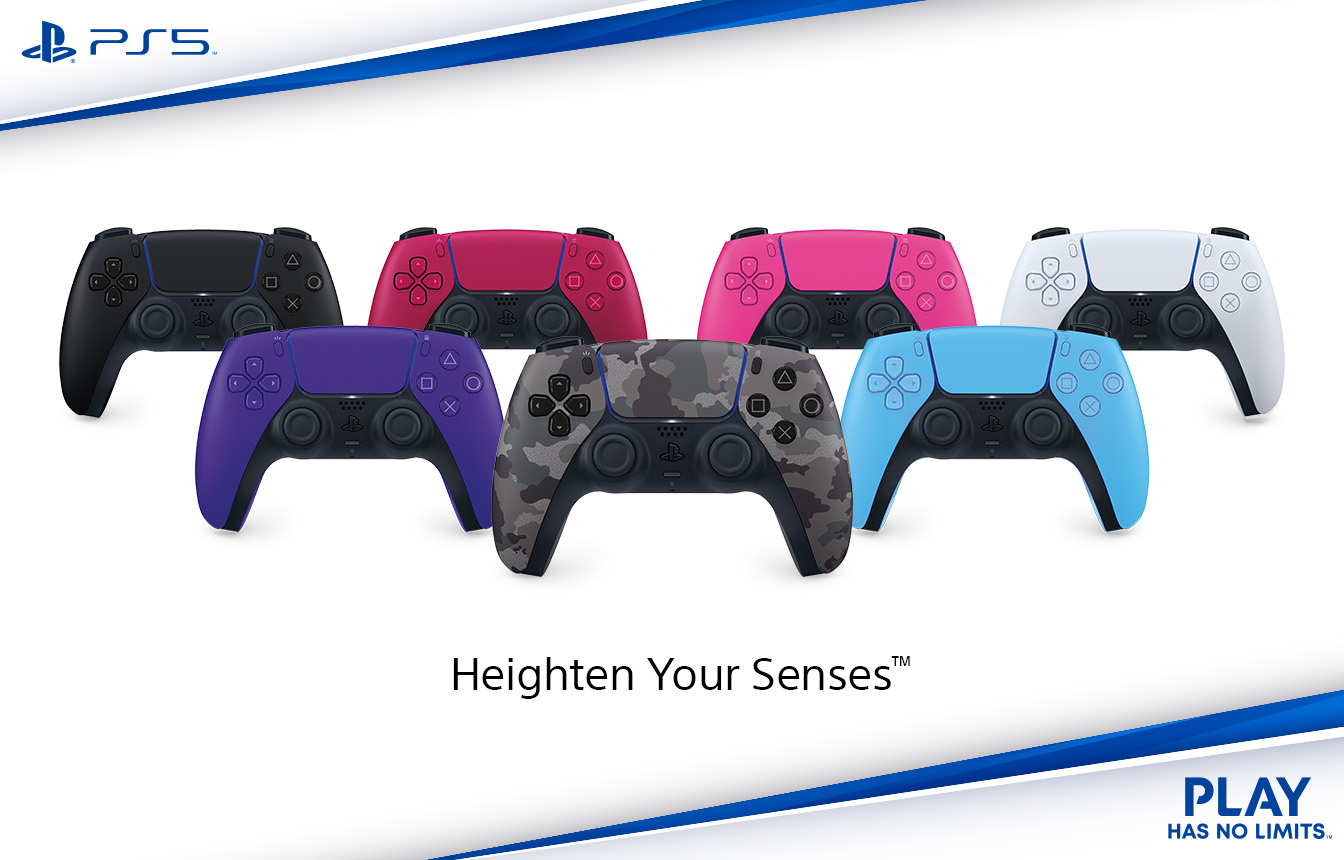Don’t you dare call Ni no Kuni: Wrath of the White Witch an “anime game.”
For one, Studio Ghibli head Hayao Miyazaki would likely challenge you to a duel if he heard you utter those words, given his disdain for Japan’s current moe-infested anime culture. Actually, considering his preference for nonviolence, he’d probably just glare at you sternly and disappointingly. Or, keeping in mind his absolute disregard for the gaming medium in general, he might just ignore you altogether.
Miyazaki’s indifference to videogames aside, calling Ni no Kuni a simple “anime game” misses the point entirely. Sure, Level-5’s latest RPG may feature art from the animation house known the world over for enduring classics like My Neighbor Totoro, Princess Mononoke, and Spirited Away, but focusing on this specific aspect of Ni no Kuni is like calling Beauty and the Beast a “cartoon” or WALL-E “computer animation.” The experience deserves far more than that simple explanation; Ghibli’s art may grab the headlines, but this entire package is beautifully designed, produced, and executed from top to bottom.
As the story begins, we meet Oliver, a plucky lad of 13 coming of age in Motorville, a distinctly Japanese vision of the innocence of 1950s Americana. Oliver’s life seems like a tranquil combination of Leave It to Beaver, Happy Days, and Back to the Future; everything’s fun and fancy free for our “Neato!”-spouting protagonist until his world is turned upside down overnight. In the eternal spirit of Joseph Campbell, Oliver soon sets off on a daring adventure to a fantasy realm—the pertinent details of which I will not divulge here. Suffice it to say that the tale is absolutely worthy of the Ghibli association: It’s touching, moving, and even surprising.
Oh, and did I mention challenging?
Ni no Kuni may look like it’s designed for tykes, especially since Oliver’s vocabulary is liberally sprinkled with silly, dated exclamations such as “Golly!” and “Jeepers!”—even when a gargantuan blood-crimson lizardman is ambling menacingly toward him. But the overall experience is a constant struggle that brings to mind classic Dragon Quest adventures more than modern, hand-holding role-playing endeavors. In fact, if Xenoblade was for those who felt that the Japanese RPG was in dire need of deconstruction, Ni no Kuni is the JRPG for those who thought the genre wasn’t broken in the first place.
The Ghibli influence is most noticeable during combat, as the game goes to great pains to explain that foes don’t actually die—well, unless they’re truly evil, but those are few and far between in this world. While Oliver and company do wield weapons of sorts, most enemy pummeling is done via familiars, magical creatures that you can level up and eventually evolve into more potent forms. And, yes, I hardly have to mention that this brings to mind a certain monster-rearing franchise that debuted in the late ’90s and is still beloved by gamers worldwide. (I’m talking about Monster Rancher, of course!)
The process is painfully slow going at times, particularly in the beginning when you’re fighting one enemy at a time with an underpowered familiar; it can be a slog to navigate through the game’s expansive dungeons in the first few hours. Once your party expands and you’ve got a proper menagerie of beasties, though, the entire affair becomes far more strategic and enjoyable, and that’s consistent with one of Ni no Kuni’s major takeaways: It keeps getting better the longer you play.
What never goes away, though, is the grind. Ni no Kuni seems to have been designed with the expectation that before every major fight, you’ll eagerly wander the overworld picking fights for an hour with bouncing cartoony baddies. At the same time, though, this does provide an old-school sense of accomplishment when you finally succeed in fighting off a foe that initially seemed insurmountable. For those who fear extensive grinding, though, the game does offer an Easy mode that eases the burden a little.
Even Ni no Kuni’s sidequests offer far more satisfaction for the player than most modern-day RPGs. These aren’t just about eliminating 10 skeletons for some faceless questgiver—they’re about helping folks regain their lost passion or finding a reason to believe, a theme of the story in general. What’s more, every successfully completed mission earns stamps that can be used toward enhancing your ability to traverse the world or reward you more often in battle.
I can’t end this review without mentioning Ni no Kuni’s excellent English-language adaptation, which is truly a work of art as much as Ghibli’s animated sequences. This isn’t simply a translation that aims to make sure every word is understood; it’s clear that every turn of phrase has been scrutinized to ensure that the intent and flavor of the original Japanese dialogue transfers seamlessly to English, and this attention to detail is certainly welcome in a complex tale like Ni no Kuni.
Everyone in Oliver’s hometown of Motorville speaks with an American accent—complete with “gee willikers” inflections matching the time period—while the denizens of the fantasy world all feature some sort of British flavor, including Oliver’s ever-present fairy companion, the lantern-nosed Mr. Drippy, who chatters on in a Welsh dialect. Interestingly, this character sported an Osaka accent in the Japanese dub; Japan’s second city is known for boisterous personalities, fast talkers, and its penchant for stand-up comedy. While I don’t think Wales is the perfect linguistic and cultural equivalent in the strictest sense, this characterization totally works in the context of the game.
And that’s just one more reason Ni no Kuni succeeds on so many levels. Just about every element—whether it’s the expansive world, the distinct locales, the soaring orchestral score (by Ghibli veteran Joe Hisaishi), the engaging battles, or the expertly written dialogue—is simply a joy to behold and experience. Games like Ni no Kuni capture that sense of wonder that drew me into gaming in the first place, and they’re proof that the little kid who spent entire summers immersed in the faraway lands of Final Fantasy and Dragon Quest is still inside—it just takes something special like Ni no Kuni to draw him out these days.
|
★★★★☆
Ni no Kuni: Wrath of the White Witch is much more than a vehicle for the House that Miyazaki Built; it’s a first-class production all the way that delivers—and improves upon—every aspect of the traditional Japanese RPG. |
|
| Ni no Kuni: Wrath of the White Witch is available on PS3. Primary version played was for PS3. Product was provided by for the benefit of this coverage. EGM reviews on a scale of one to five stars. | |

A proud Japanese RPG and serial-comma enthusiast, Andrew attended E3 for more than a decade. His least-proud moment? That time in 2004 when, suffering from utter exhaustion, he decided to take a break on the creepy, dilapidated—and possibly cursed—La-Z-Boy at Konami’s Silent Hill booth.





